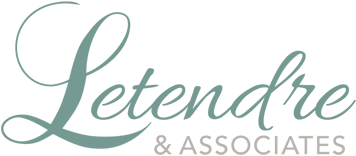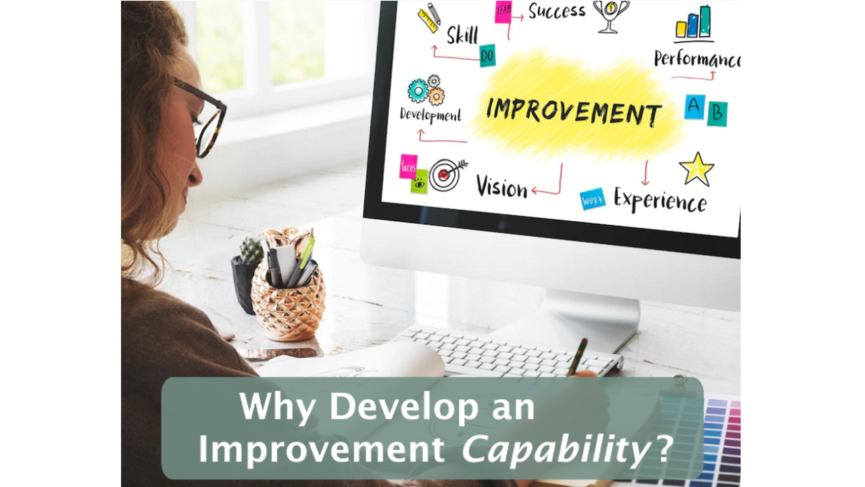Why Develop an Improvement Capability?
Many organizations are sporadic when it comes to improvement success. When they seek to improve, it is hit or miss whether they will achieve their aim.
Too often, they dive straight in and don’t spend the necessary time to fully understand the situation in order to determine how best to intervene to make a meaningful and lasting improvement.
For other changes, they are not even clear upfront on how they will measure success.
Occasionally they are successful in creating the needed improvement in performance results, but they find that more often than not they go off course, in one way or another:
- the team tackles a different issue than the one they set out to improve because they veered in a different direction and did not have clear parameters at the outset;
- other efforts go on and on and on, never reaching a conclusion with a team they initiated, as they failed to set a clear timeframe for results; or
- they may make a change but don’t really know whether it was in fact an improvement as they don’t have a routine of measuring the results from changes (before and after)
And occasionally they all-out-fail — they never get something started, they get distracted with “the next thing,” they meet resistance and back down – as they don’t clearly set improvement priorities and track progress through to completion.
Do any of these sound like your organization? …You say you need to make some result(s) better, but you don’t actually make and sustain the needed improvements in performance results.
I would say that many, and perhaps most, organizations lack an improvement capability — the organizational discipline to bring to bear when an improvement is needed.
As an organization striving for continuous improvement in results, putting in place an improvement capability should be a priority. Otherwise, we risk wasting precious resources on repeated, failed improvement efforts. And in the process, we frustrate staff with the latest ‘flavor of the month’ in our efforts to initiate activities to make things better.
As a senior leader, you want to know that when you (or others) in the organization identify something that needs improvement, that you all stand a very high likelihood of creating a meaningful and lasting improvement — that the results will demonstrate that genuine improvement was made and stuck. Most senior leaders don’t have this high degree of confidence, because their organization does not have an improvement capability.
Rather things are hit or miss.
- If I give a project to “Jane” then we are more likely to get somewhere than if I give it to “Frank.”
- In other cases, if I take my eye off the ball, the effort wanes, or we revert back to the old ways.
All of these things are unfortunately commonplace in organizations.
But organizations that build an improvement capability have a distinctive advantage. They have a high degree of certainty that if they identify an improvement that is needed, that they will get the result they are seeking.

There are several interrelated elements in an organization’s improvement capability. The elements that make-up your improvement capability should be tailored to match the complexity and stage of your organization’s development.
Done well, your improvement approach will dramatically impact the organizational culture over time to one of being customer-centric, improvement-obsessed, and team-driven in uncovering and creating meaningful solutions.
But to start out, the improvement structure and methods must thoughtfully build from the current culture, or like improvements projects of the past, it may not take hold or be sustained. For example, some organizations look to bring in highly specialized improvement approaches without having had a prior history of experience and success in the foundational Plan-Do-Check-Act cycle.
Imagine the day, when you as a senior leadership team identify an opportunity to improve the quality of services, or the customer experience, or employee retention, and you know with a high degree of certainty that your organization has the capability to define, initiate, accomplish, and sustain the needed improvement in results. Your improvement capability will be an excellence advantage that pays dividends for years to come.

If you’d like to receive these Inspirations in your inbox every other week, you can subscribe to Kathy’s Excellence Advantage Inspirations Newsletter.
Kathy Letendre, President and Founder of Letendre & Associates, advises organizations and leaders to create their excellence advantage.
Contact Kathy by phone or text at 802-779-4315 or via email.

